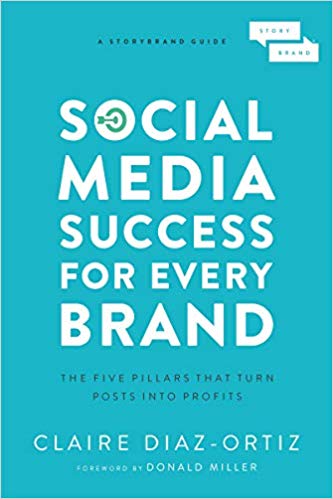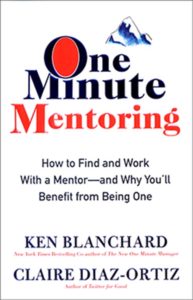Over the past few months, I have been head-down in research into the effects of the (slow) rise in female investors in the Venture Capital world. In dozens of interviews with startup founders and other investors, I have seen the effects of what it means to bring more female investors to the table. The 2020s, I believe, will see a boom in new markets, and for good reason.
Ultimately, I believe these new markets will be best be explained by what I call Investor-Market fit. In other words, the ability of an investor to identify and/or be a part of the market that a startups product or service will serve. In an industry that has been in a race to the bottom with traditional pattern matching, the concept of Investor <> Market fit is different. Unlike the discriminatory nature of typical pattern matching that legendary VC John Doerr and his quest to match for a “white, male, nerds” cofounder produced, Investor <> Market fit allows for for diverse markets to be served by diverse investors, or their allies. I believe that it can play a major role in opening up the world to new markets we haven’t seen in the 2020s.[1]
There are a number of current examples of this already taking place. Here are some of the key ones. I for one am excited to see where this leads in the next decade.
Femtech
I’d go out on a limb and say Investor <> Market fit is the driver between pretty much every Femtech company that exists. Cue every female startup founder ever saying something like, “When I pitched my menopause app to dudes, they stared at me blankly.” But we’ll start with one of my favorites. Sophia Bendz and O School. When a female investor like Bendz cares about an issue like sexual health (which is what O School addresses),she is more likely to invest. It’s homophily at its simplest. That said, although you do not need to be a female investor to care about something like women’s reproductive health, sexual health, or fertility, it makes sense that more women do.
Parenting
Startups in the parenting space in general abound with female investors, and for good reason. Kinside and Jane VC, Winnie and Rethink Impact, Weecare and Leah Busque from Fuel Capital, Theia and Maya Capital are all examples of why the boom in funding parenting products and services is a direct result of getting more women investors at the table.
Direct to Consumer
This list is long, and obviously includes some of my go-to products, like Birchbox, Glossier, and Away. One interesting example, though, is Harper Wilde, a bra company that pitches itself as “Taking the BS out of Bra Shopping.” In an episode of The Pitch, it came up that of the investors they pitched, it was the two male investors in the room who knew most about the market given their past investments in the space.
Marketplaces Geared Towards Women
Who can better fun the building of a two-way or three-way marketplace than the actual investors who might be a target for such communities? The Wing and Jess Lee at Sequoia, Elpha and Katie Stanton at Moxxie Ventures, and The Riveter and Madrona Venture Group are just a few great examples.
Ultimately, the rise of Investor <> Market fit isn’t restricted to women finding new markets, but it is driven by it. That’s why women investors and their male allies will help blow open new doors in the next decade.
Boom.
[1] (https://www.businessinsider.com/john-doerr-the-greatest-tech-entrepreneurs-are-white-male-nerds-2015-3)




